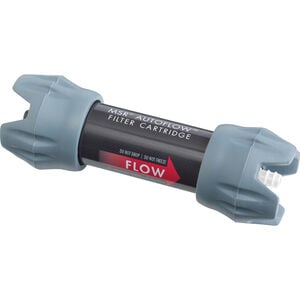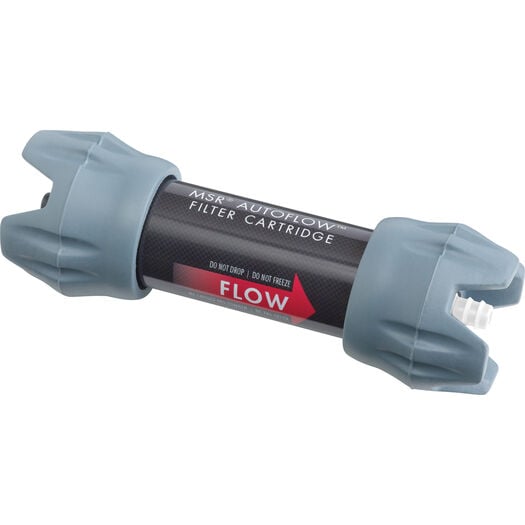What is California Proposition 65?
Passed into law by California’s voters in 1986, Prop 65 is intended to help California residents make informed decisions about the products they buy.
The law states that companies selling products in California must display a warning when the product contains one or more of the approximately 800 chemicals known to the state of California to cause cancer and/or reproductive harm.
Why has MSR placed a Proposition 65 label on some of its products?
By placing the Prop 65 warning on a product, MSR acknowledges that it contains one or more of the chemicals on the Prop 65 list, however the listed chemical may be well within the “no significant risk” range. MSR has not evaluated every product but out of caution, we include the warning.
Are consumers who use an MSR product with a Proposition 65 label at risk?
The label simply indicates that the product contains the chemical and because of that, there is a potential for exposure to it.
The California government states: “The fact that a product bears a Proposition 65 warning does not mean by itself that the product is unsafe.” The government explains, “You could think of Proposition 65 more as a ‘right to know’ law than a pure product safety law.”
For example, some MSR stoves contain brass. Exposure to brass is not itself harmful. However lead is a component of brass and should the brass be disrupted, a user could potentially come in contact with the lead. While the lead levels fall below the “no significant risk” range, MSR is still required to acknowledge its presence.
To learn more about California’s Prop 65, please visit: https://oehha.ca.gov/proposition-65/general-info/proposition-65-plain-language
What types of chemicals are on the Proposition 65 list?
The Prop 65 list contains a wide range of naturally occurring and synthetic chemicals that are known to California to cause cancer or birth defects or other reproductive harm. They may be additives or ingredients in pesticides, common household products, food, drugs, dyes or solvents. They may be used in manufacturing and construction, or be the byproducts of chemical processes. Proposition 65 requires that the Governor of California maintain and publish a list of these harmful chemicals, and update it annually.
According to the state of California:
A chemical is listed if it has been classified as a reproductive toxicant or carcinogen by an "authoritative" organization on the subject. The U.S. Environmental Protection Agency, U.S. Food and Drug Administration, National Institute for Occupational Safety and Health, the National Toxicology Program, and the International Agency for Research on Cancer are considered authoritative for carcinogens. For reproductive toxicants, appropriate authorities include the U.S. Environmental Protection Agency, U.S. Food and Drug Administration, National Institute for Occupational Safety and Health, and International Agency for Research on Cancer. Chemicals will also be listed if they are required to be labeled or identified as a carcinogen or as a reproductive toxicant by an agency of the state or federal government.



